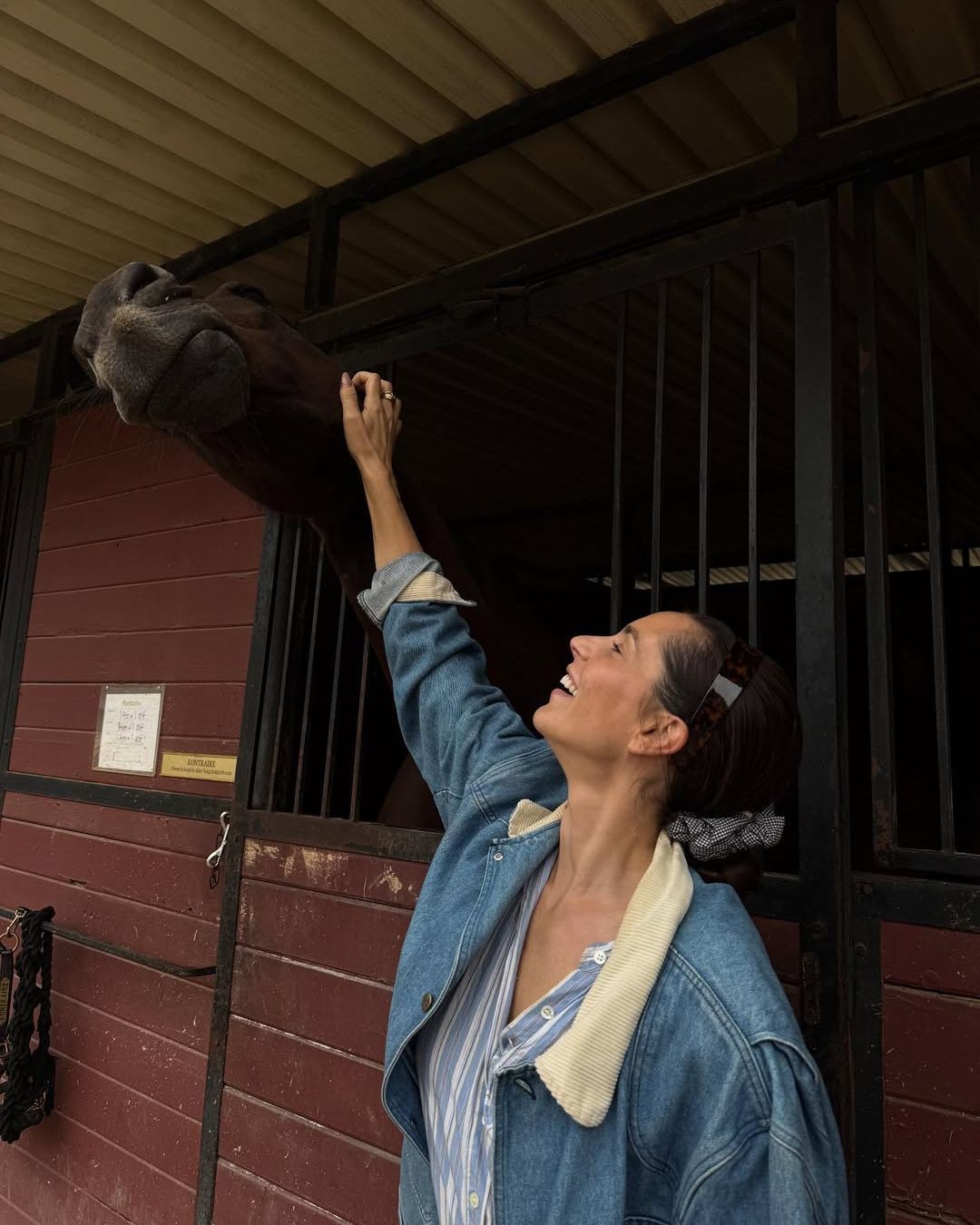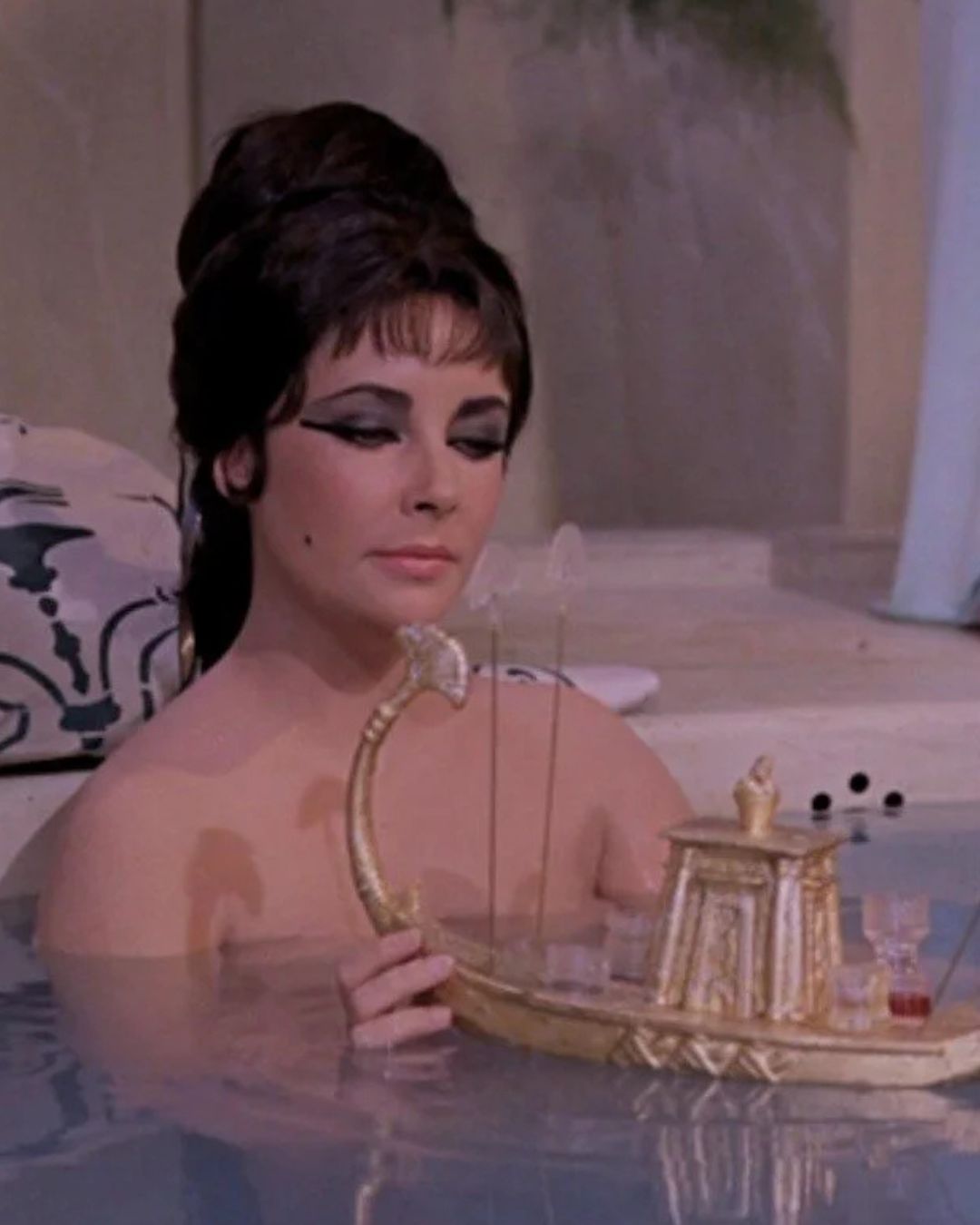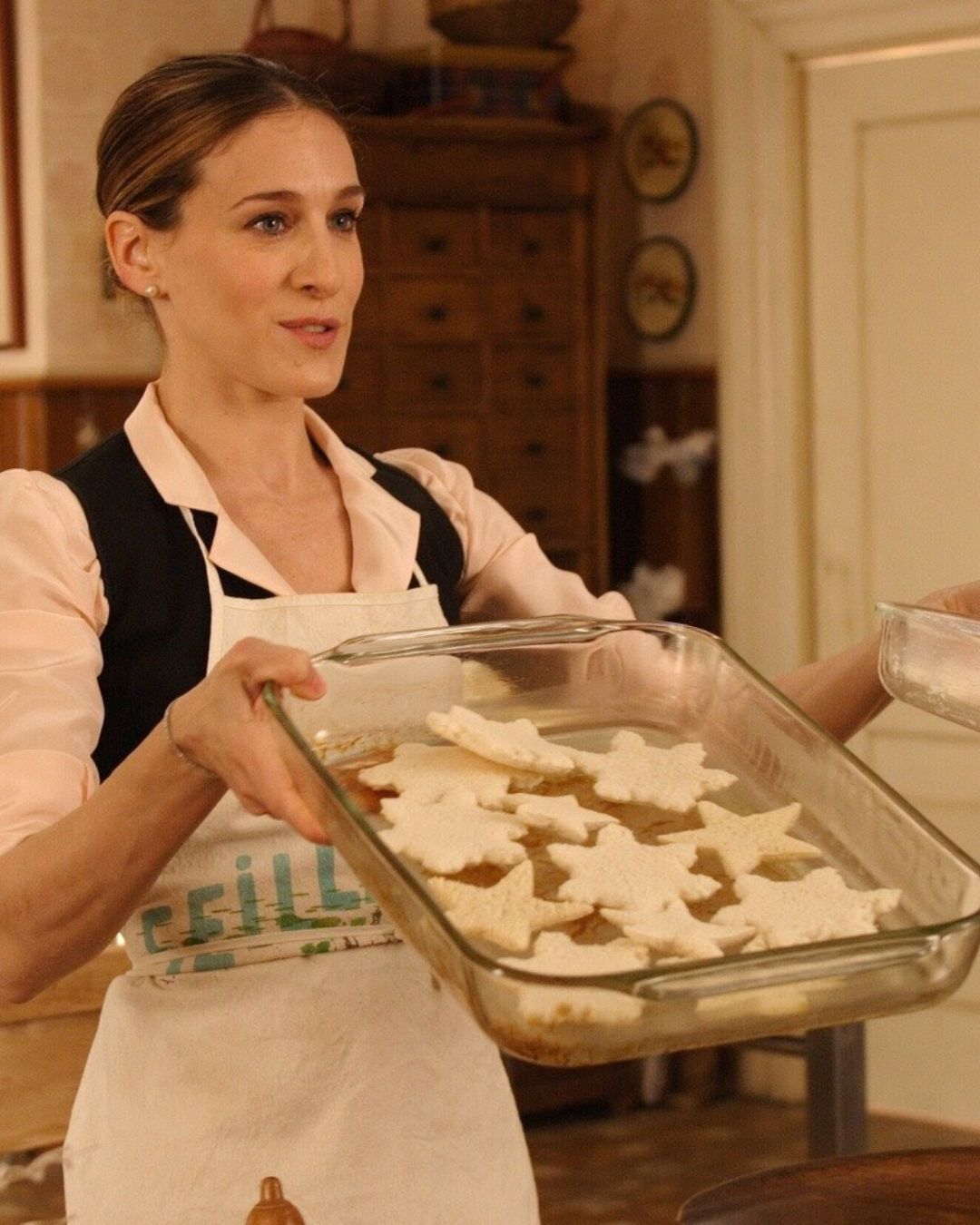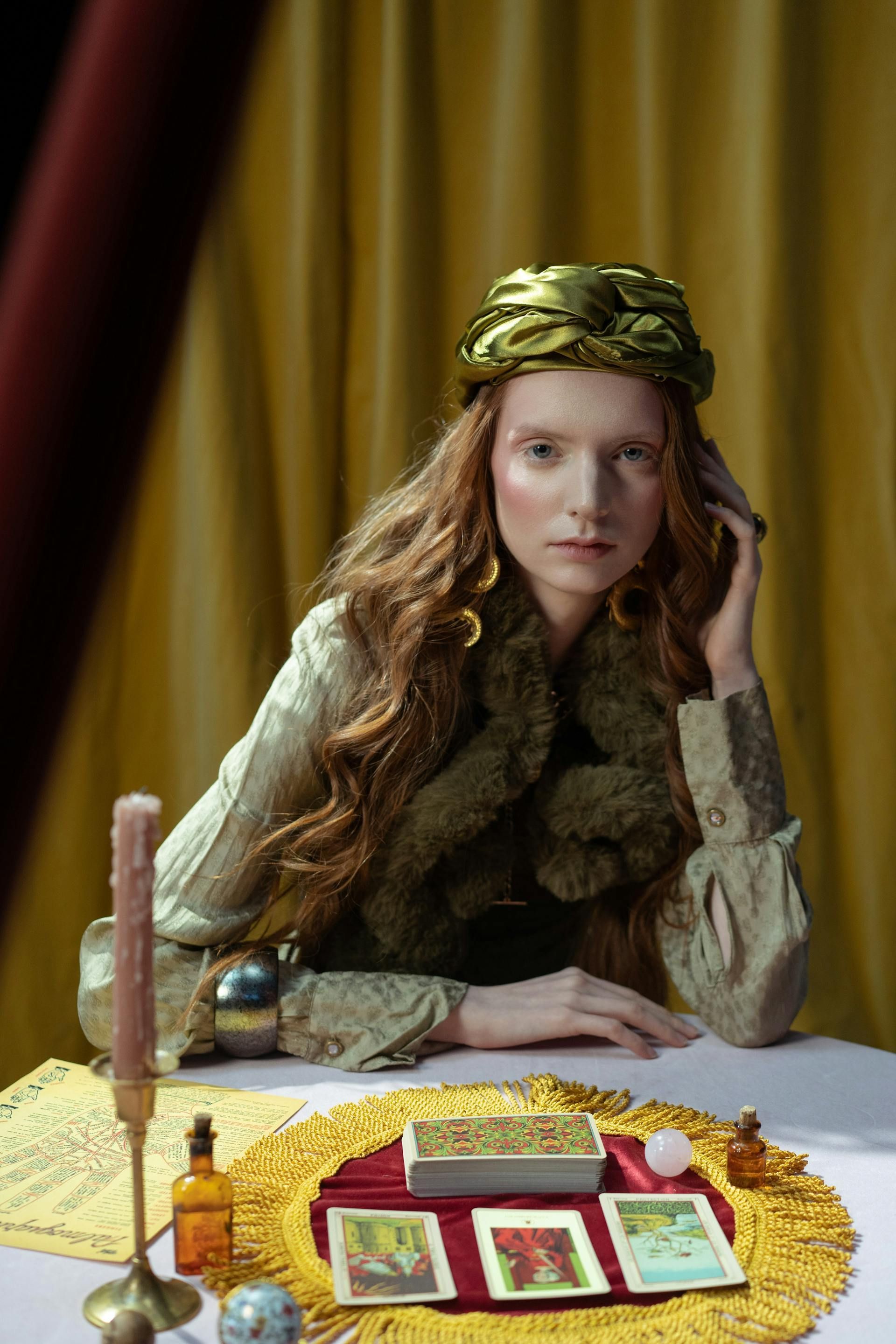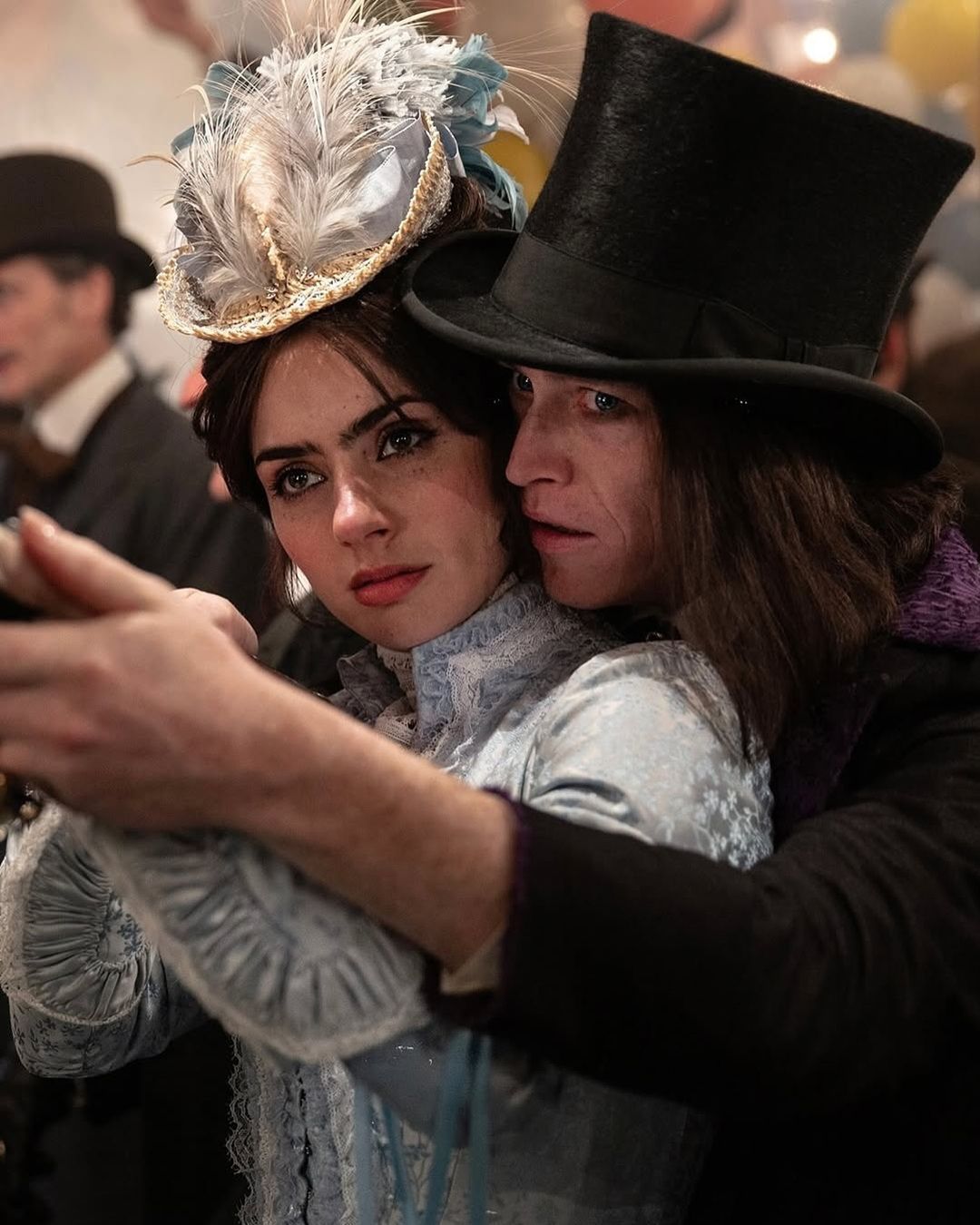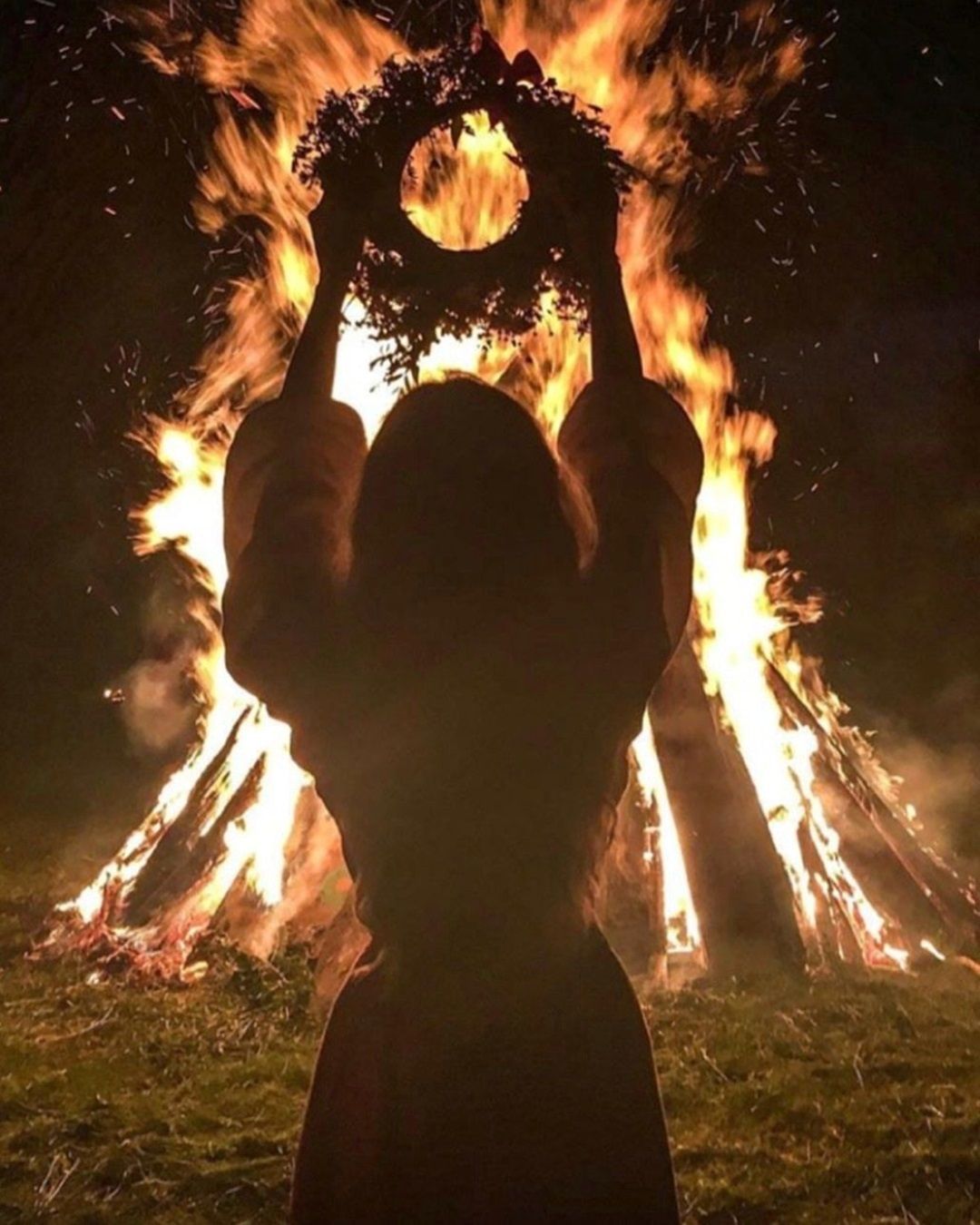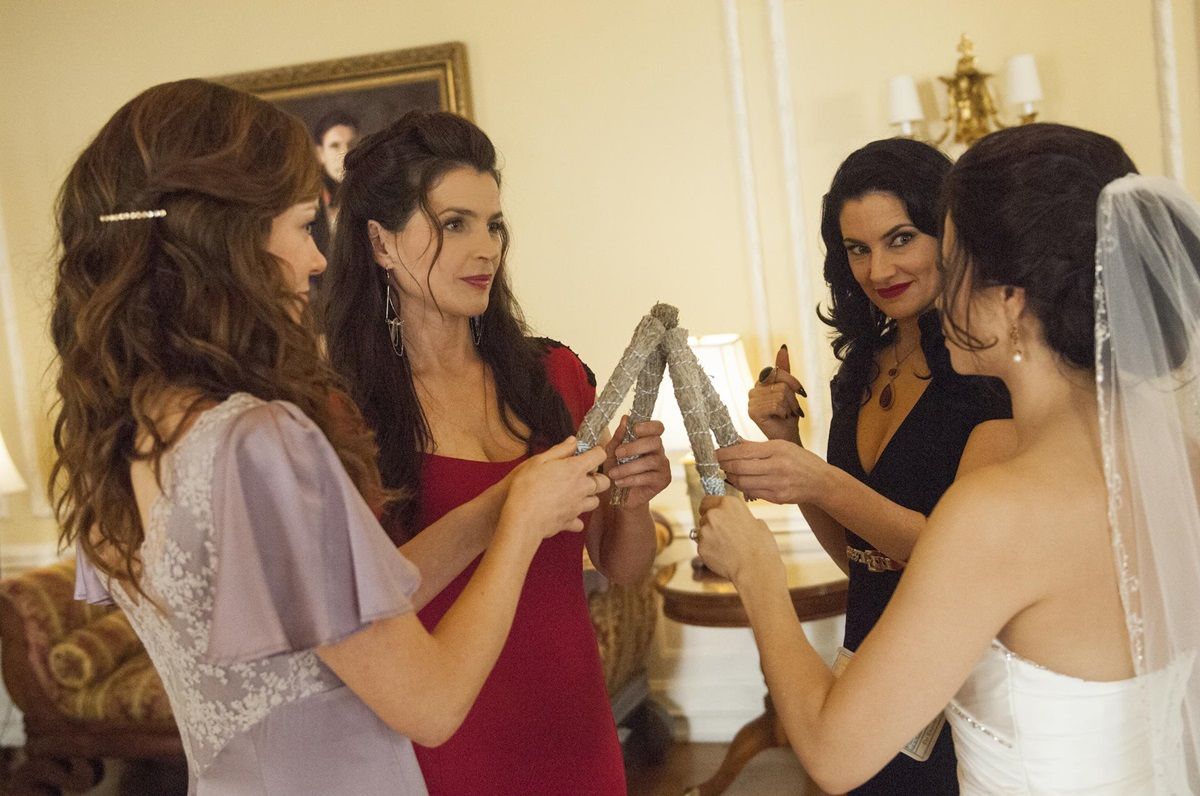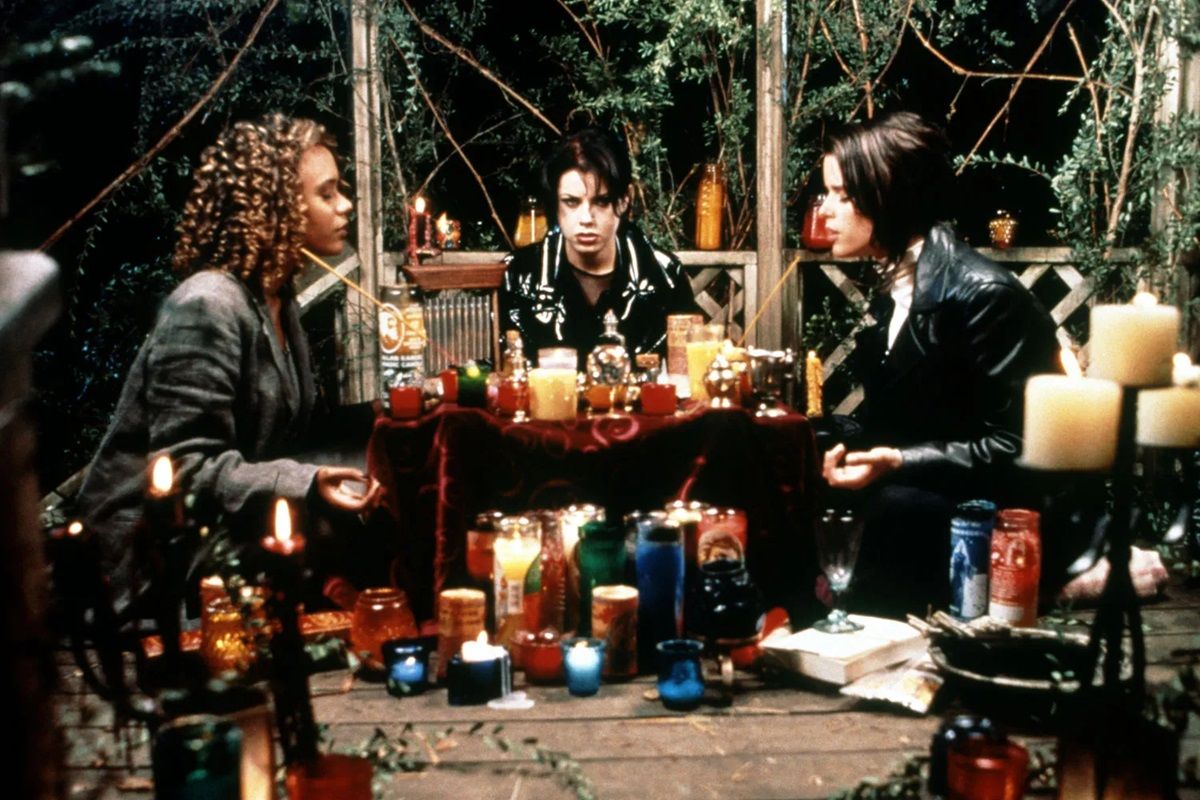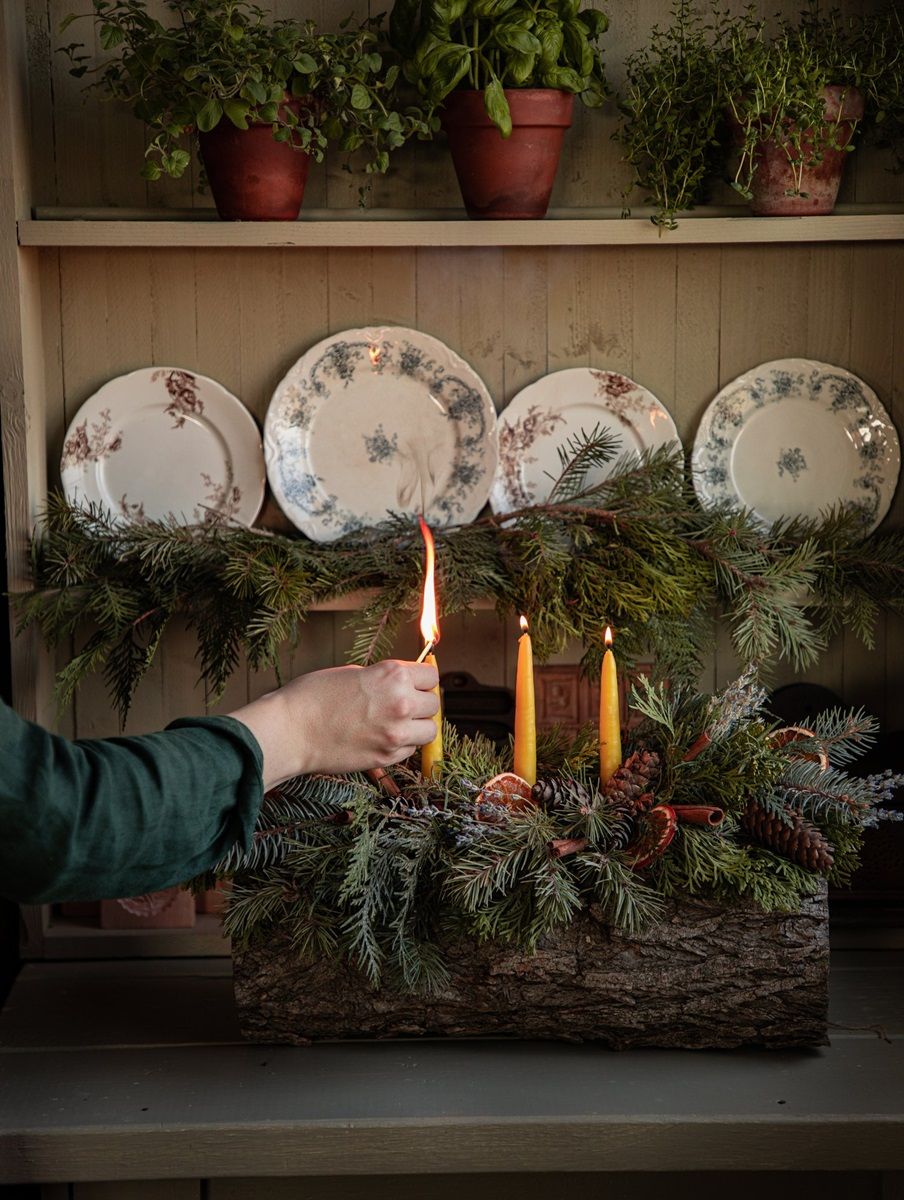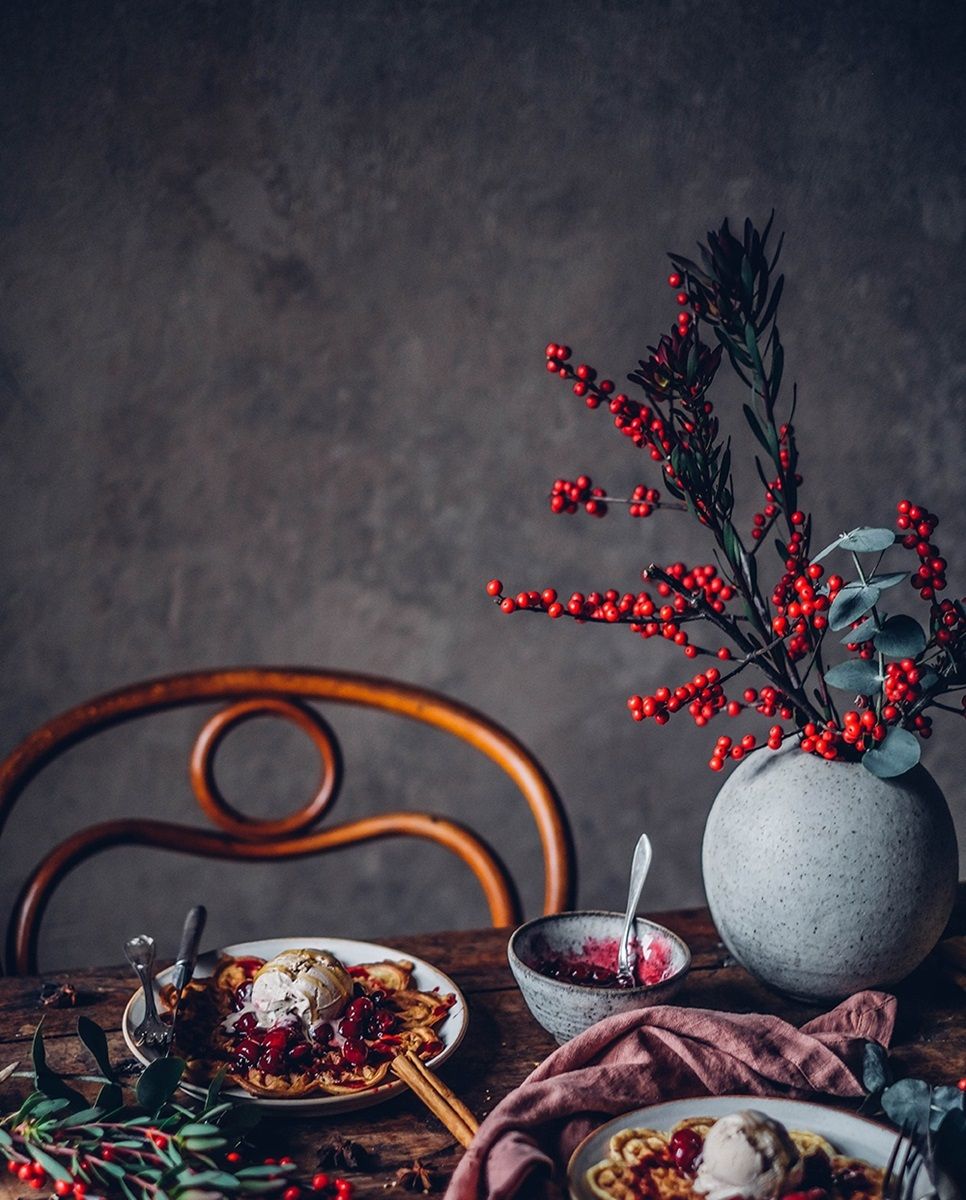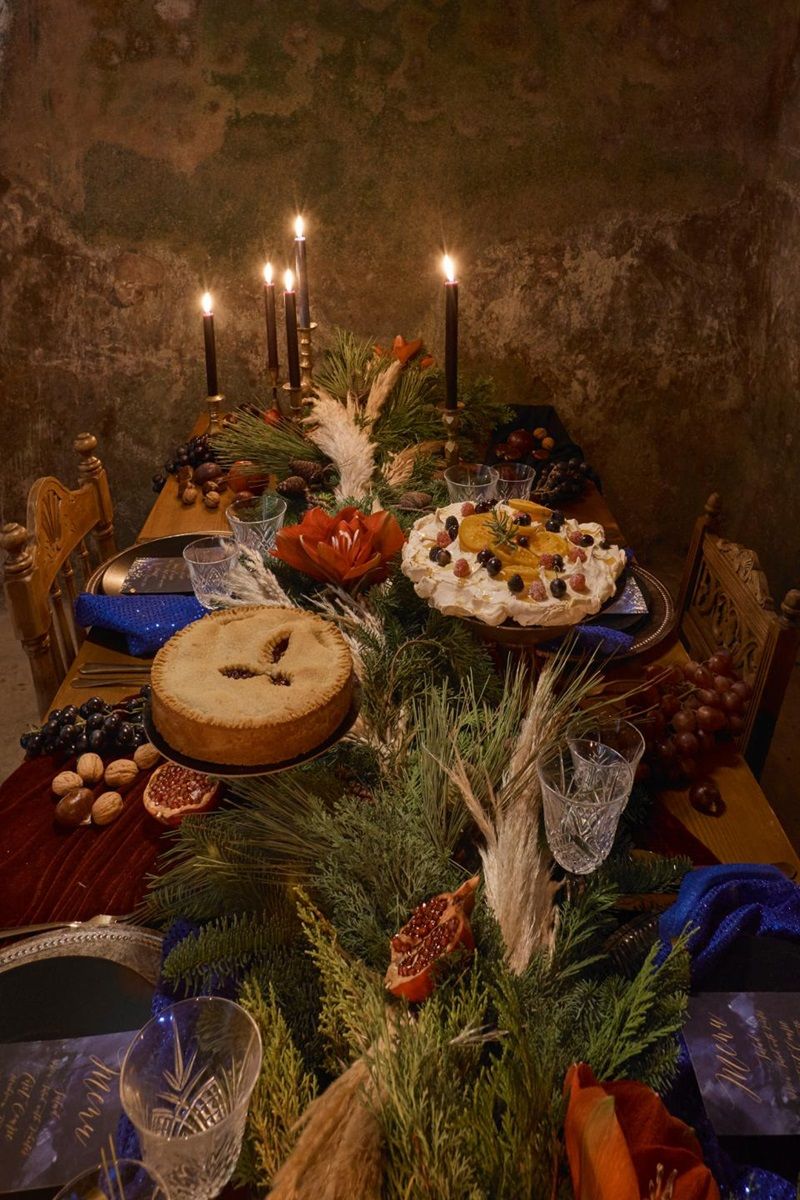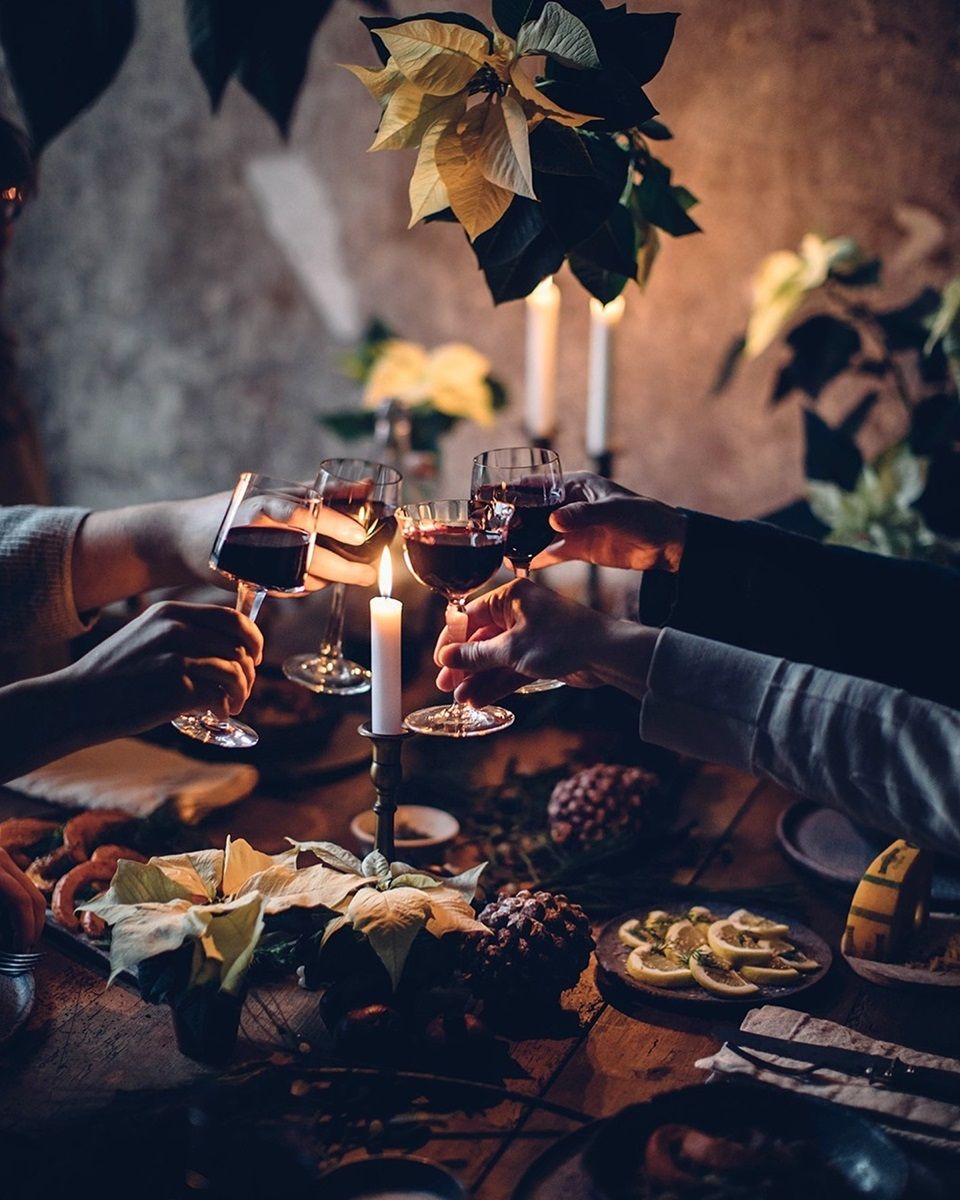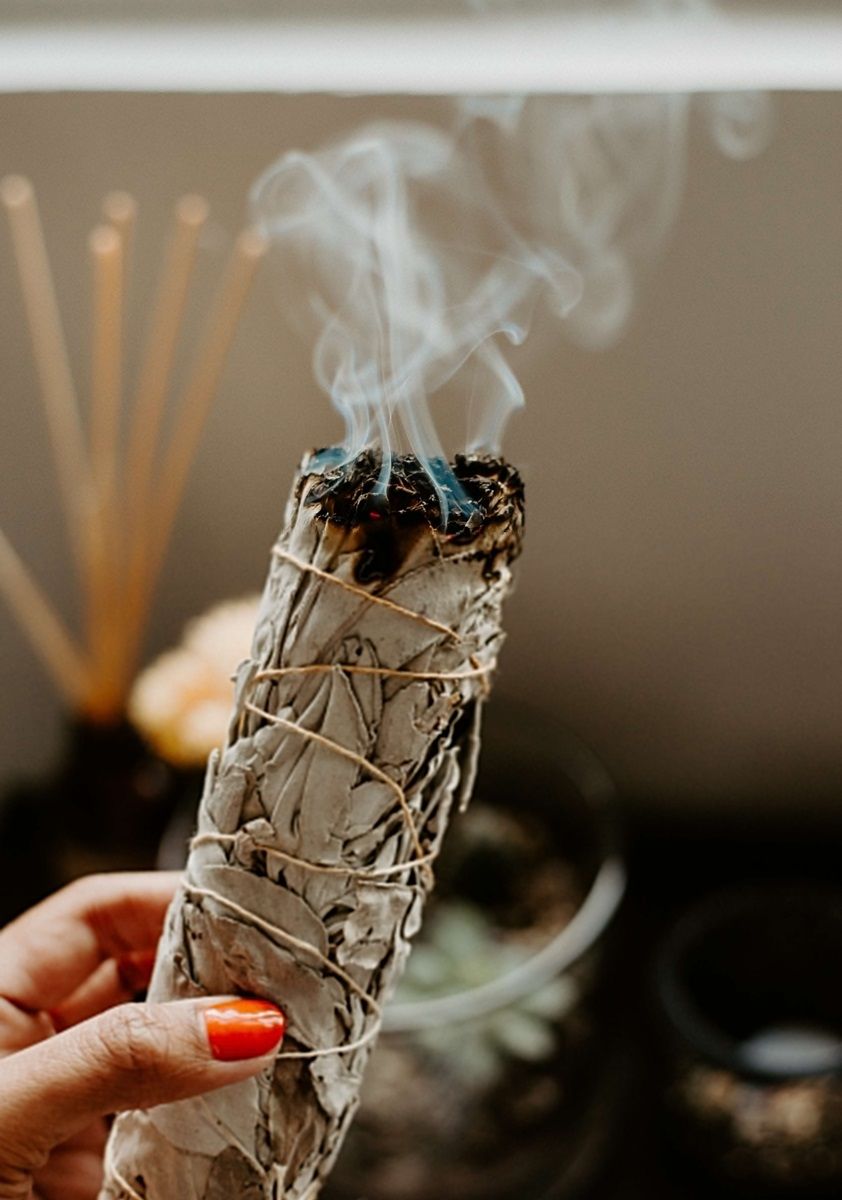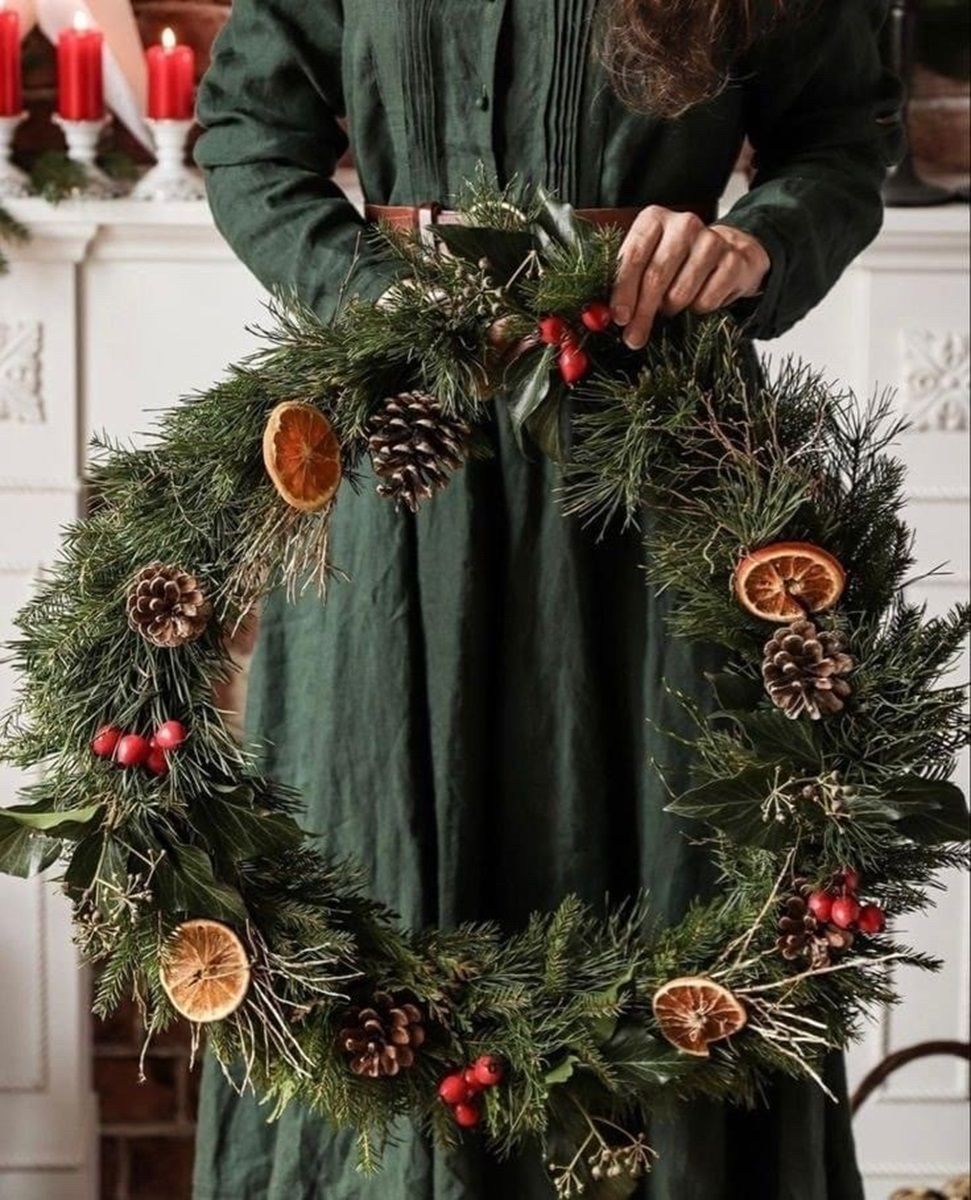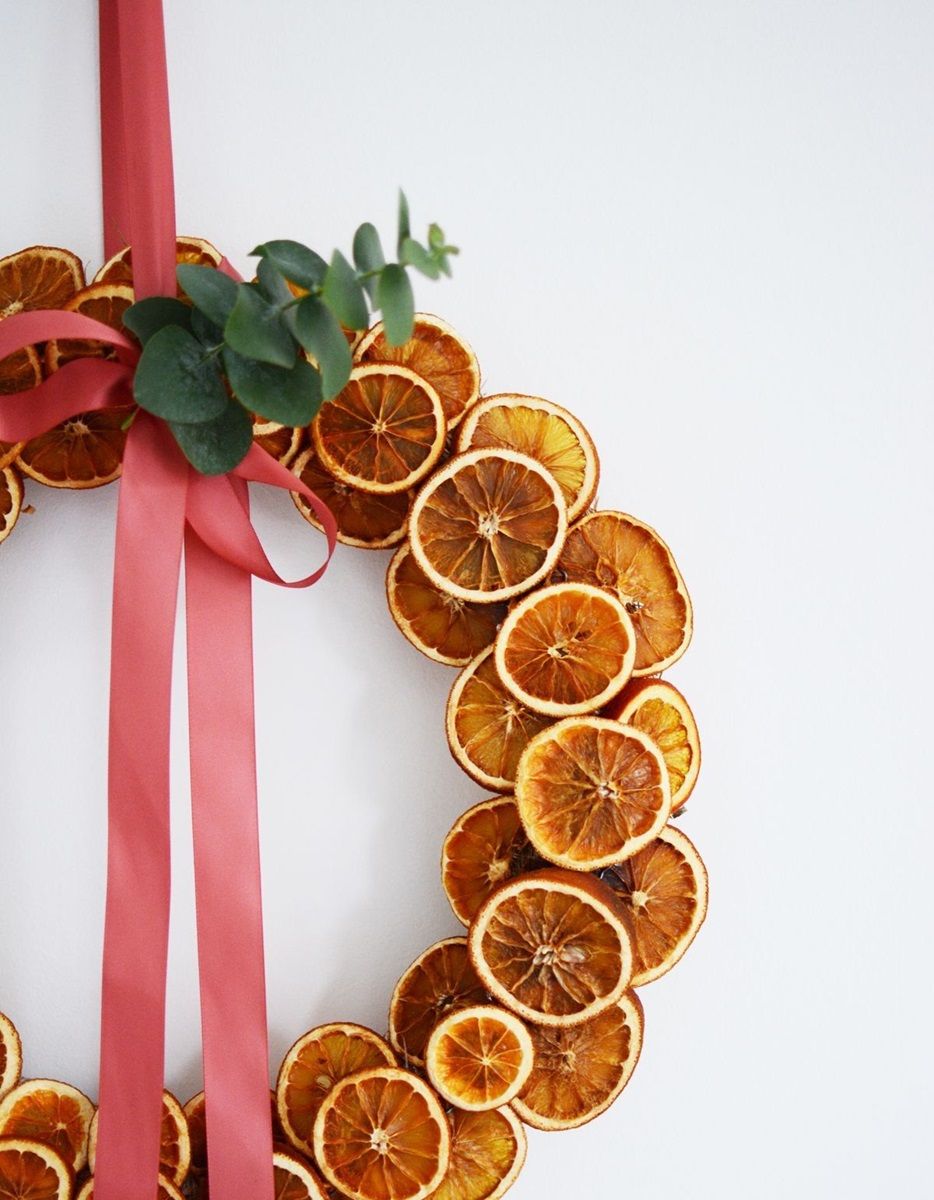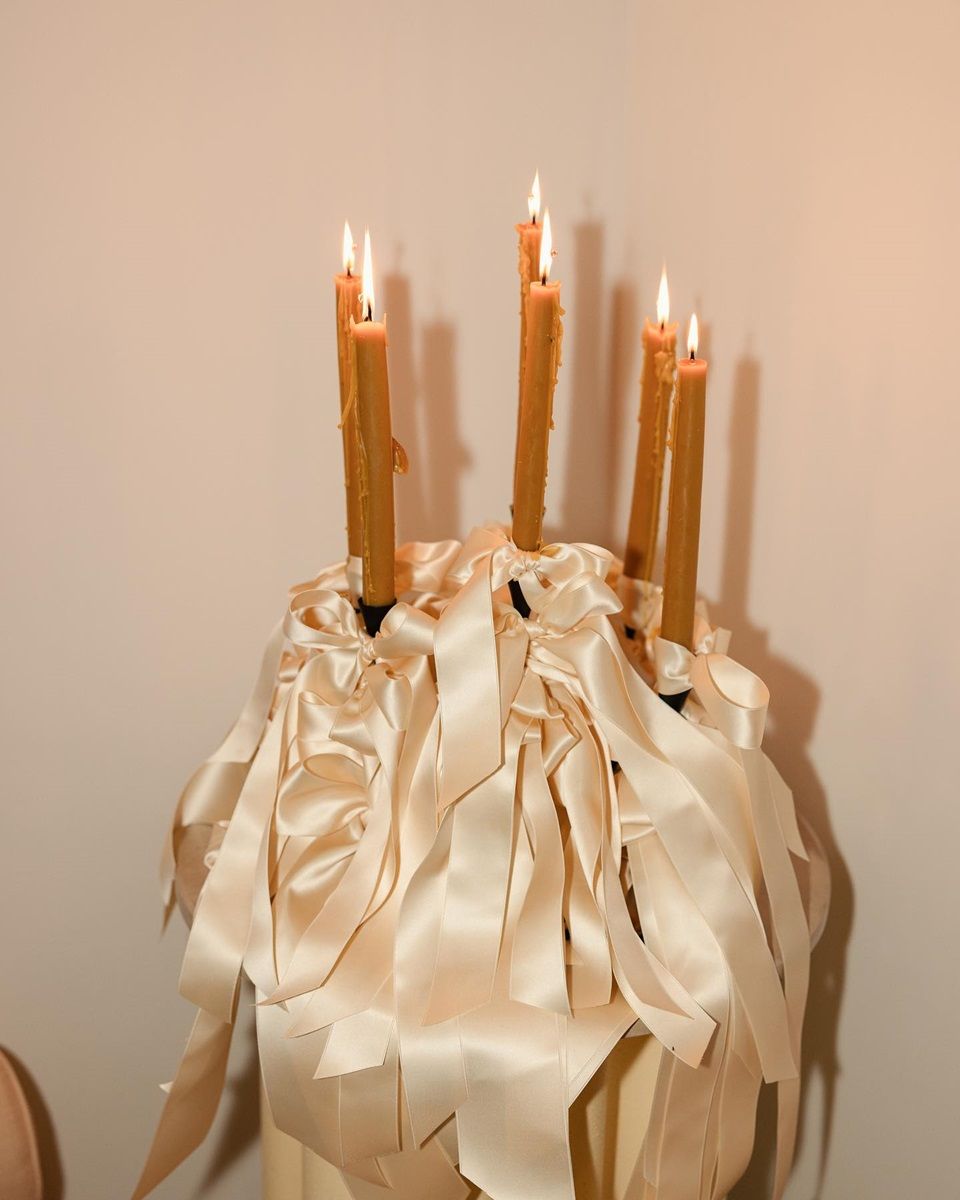
Rituals to celebrate the winter solstice and Yule All about the pagan roots of Christmas and the magical rituals to celebrate it
What are the origins of Christmas? Why do we decorate trees, exchange presents, hang mistletoe and spend hours queuing in crowded shopping centres to have a conversation with an old, bearded man dressed in red? The answers to these questions must be sought in the ancient pagan rituals with which our ancestors celebrated the winter solstice and other similar festivals such as Yule, one of the oldest winter festivals in the world, at this time of year.
The winter solstice
The winter solstice usually falls on 21 or 22 December (in 2023 it will be 21 December in the northern hemisphere) and coincides with the shortest day and longest night of the year. It has always been a festival centred on fire and light, as the days get longer and the nights shorter from this date. It was apparently already celebrated in the Neolithic period, the last part of the Stone Age. The Incas paid homage to the sun god Inti in rites at the winter solstice called Inti Raymi, and the Romans celebrated the Saturnalia at the same time, a hedonistic festival in honour of Saturn, the god of agriculture.
What is Yule?
Although Yule and the winter solstice are sometimes used interchangeably, Yule coincides with the actual Christmas season and has its origins in a Scandinavian and Germanic festival that lasted from the solstice into January, about 12 days. The ancient Norwegians in Scandinavia celebrated it with fire, bonfires, gifts and feasts. To honour the endless cycle of birth, death and rebirth, the return of the sun, hope, warmth and light, fathers and sons brought home large logs of wood and lit them at both ends. They would then feast on food, beer and sacrificial animals with the rest of the family and community until the wood ran out.
The pagan origins of Christmas
No gospel gives 25 December as the date of Jesus' birth. According to some historians, it was even supposed to fall in spring, but under the influence of Greco-Roman mythology and paganism, the early Christians moved the day of celebration to the middle of winter, thus building on earlier pagan rituals. In particular, the date of 25 December was to be traced back to the Saturnalia and the festival Natalis Solis Invicti, which the Romans celebrated at the winter solstice to honour the rebirth of the sun after the darkest days of the year and the god Mithras. The first person to recognise the similarities between the Feast of the Unconquered Sun and the birth of Jesus was Epiphanius of Salamis, a Christian writer and bishop, but it was not until Justinian in 529 that the overlap between the two festivals was made official. Since then, Christmas has been celebrated on 25 December among Western Christians.
The Christmas tree, Father Christmas and the kiss under the mistletoe
Although Christmas is now considered a Christian holiday, the festival and many of its rituals have their roots in the traditional midwinter festivals of the Romans, Celts, Norwegians, Druids and other ancient peoples. When Christianity spread across Europe in the 6th and 7th centuries, many pagan traditions relating to the winter solstice were integrated into Christmas. The Christmas tree itself, for example, is linked to the beliefs of the Druids and pagans in northern Europe, who believed that evergreen trees kept evil spirits and witches away. Martin Luther is said to have been the first to place candles on trees, and a Bremen chronicle from 1570 tells of a tree decorated with apples, nuts, dates and paper flowers. We owe the kiss under the mistletoe to the Vikings, who associated it with the goddess Freya, one of the brides of Odin, the king of the gods, who is known as the protector of love and lovers. And what about Father Christmas? He is traced back to St Nicholas, the Bishop of Myra, who went down in history because, among other things, he saved three sisters from prostitution by giving their father three sacks of gold as a dowry. According to the original legend, he was slightly overweight, had a beard and was dressed in green. Today's popular version with the reindeer-drawn sleigh, the house at the North Pole and the red dress is based on an image from a Coca-Cola advert created by the illustrator Haddon Sundblom in 1931.
How to celebrate Yule and the winter solstice
There are many small rituals to celebrate this special time of year, which coincides with a new beginning, the return of the sun and the lengthening of the days. For this reason, most of them have to do with fire or light. Here are some things we can do to get in the mood for the holiday and honour Yule and the winter solstice like the pagans:
Light a fire or alternatively a candle
The lighting of candles, lanterns, fires and small lights symbolises the return of the sun. For this reason, the pagans had consecrated fires lit in the temples during the solstice. We can light the fireplace or, if we don't have one, opt for candles to bring the warmth, energy and light of the sun into our home.
Create a wish log
The Norwegians celebrated the return of the sun at the winter solstice with the Christmas log. Each family member placed their hand on the boot of the tree and blessed it to thank the gods for the past year and make a wish for the coming year. The wood is then thrown into the fire. The burning was a symbolic ritual to let go of the past and expel old or negative energy that you didn't want to take with you into the new year. The burnt remains were kept for the following year's ceremony to bring good luck and make the house immune to evil spirits. To fulfil the tradition, you can write a wish on a piece of paper and wrap it with a red string around the log, which is then burnt. It is important to bear in mind that each type of wood is associated with different magical and spiritual properties. The oak, for example, symbolises strength and wisdom, the pine seems to bring prosperity to the family and the birch brings fertility.
Make a Christmas wreath
It is said that evil spirits are stronger and more insidious on the nights of 25 December and 6 January. This is why pagans used to hang green branches, light candles and decorate their houses with holly, laurel, mistletoe and other plants. We can make a garland of evergreens. For greater protection, use yew, which is traditionally associated with eternity and reincarnation; holly and ivy, which are said to ward off negative energy; pine, which is said to bring healing magic, and mistletoe, which brings fertility and abundance. We can also add oranges for prosperity, apples for love, pine cones for rebirth, cinnamon for abundance and hay leaves for success.
Decorate your altar for Christmas
As with most Christmas rituals, the purpose of the altar is to honour the return of the sun. So there should be no shortage of candles symbolising the sun, preferably in the Christmas colours of red, green or gold. Then add typical winter elements such as pine cones, chestnuts, apples, oranges, berries, evergreen pine branches, mistletoe, fir trees, juniper, holly and cedar. You can also personalise it with a Christmas tree boot, crystals such as emeralds, rubies and carnelian, a talisman or tarot card of the sun and bells, which are traditionally used to drive away evil spirits and spread harmony. Finally, you should cleanse the altar with sage or sweet herb. You can also make a mini version in a glass jar or Christmas bauble.
Perform a cleansing ritual
One of the best Yule rituals is to get a boost of energy with a cleansing ritual. How do you do this? By taking a spiritual bath, decluttering, getting rid of the old to make room for the new, or simply burning some white sage. You can also burn seasonal plants such as pine needles, mistletoe, juniper, rosemary and frankincense, which spread a wonderful Christmas scent throughout the house.
Food and drink
Around the solstice, the pagans ate, drank and danced to celebrate the return of the sun god. They still do this to a certain extent today at Christmas dinners and evenings. To emulate our ancestors, we should include marzipan, gingerbread, cider and mulled wine in our menus, reminiscent of the Wassail that the pagans drank to celebrate Christmas. The drink was made from beer, apples, oranges, honey and a mixture of seasonal winter spices.















